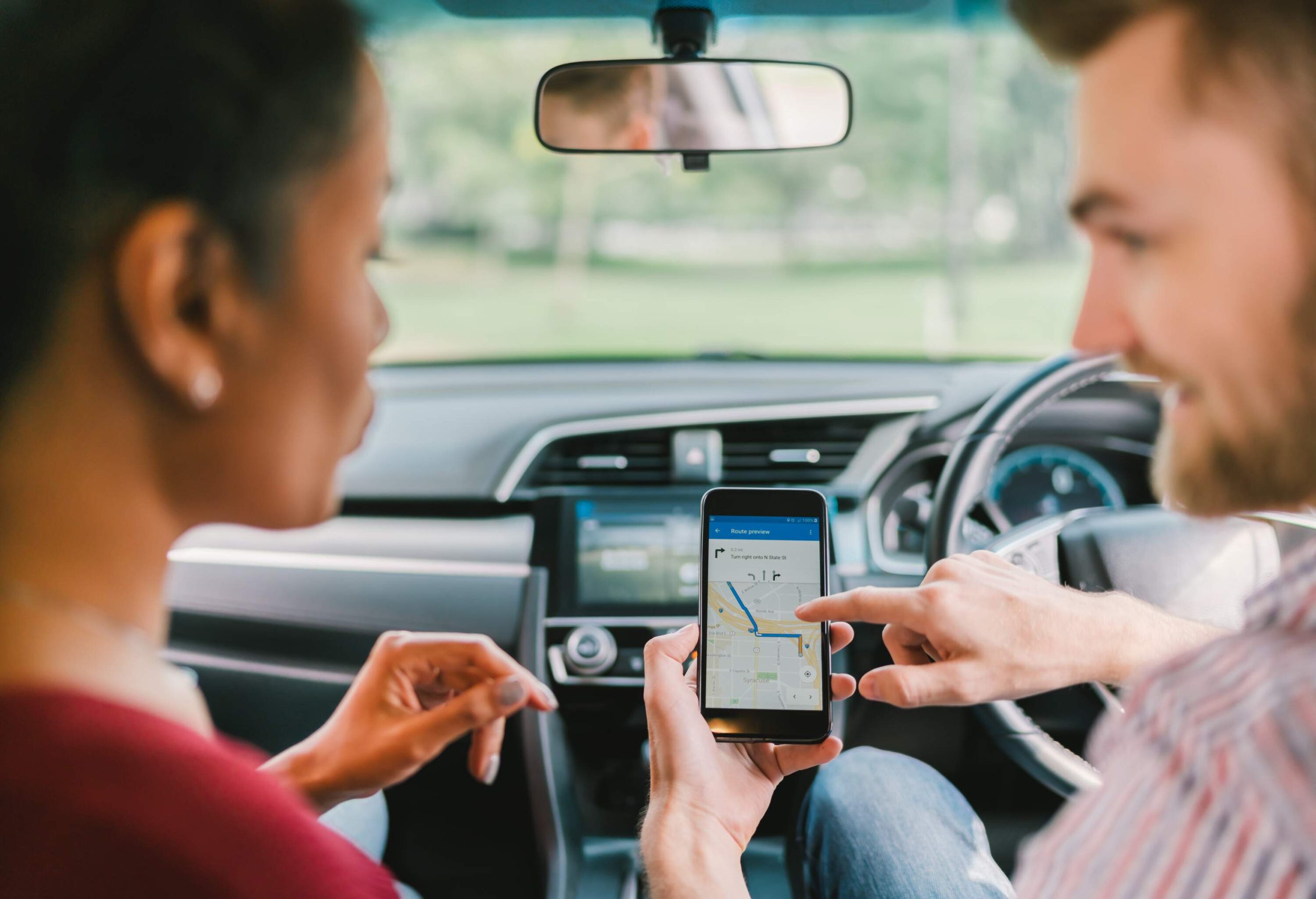Planning a trip abroad? Then you’ll need to figure out how to stay connected while you’re away. Before, I’d buy pricey physical SIMs, but not anymore. Now, I rely on eSIMs for international travel.
My guide will tell you everything you need to know about eSIMs, from how they work to the benefits they offer. Staying connected has never been easier.
What is an eSIM card?
An eSIM is like a digital SIM card inside your phone. It lets your phone connect to a local mobile network and set up a cell plan, all without needing a physical SIM card. Unlike regular SIM cards, you don’t need to take it out or switch to a new one.
eSIM cards can be used for smartphones, tablets, smartwatches, cars, and even drone cameras.
Of all the international travel tips and hacks, having access to the internet is one of the most important, which is why eSIMs are such an essential travel tool.
How does an eSIM card work?
The first thing to do is check if your device is eSIM compatible. Navigate to the “Mobile Data” or “Cellular” settings on your phone. If your device supports eSIM, you should see an option to add or manage an eSIM profile.
If your smartphone is eSIM compatible, choose between your domestic network provider or an international provider in the country you are visiting. Apply for the eSIM plan that works best for your needs – all you need to do is create your profile (just make sure you’re in a Wi-Fi zone when you do it), activate it, and start using the network services.
Which eSIM should you choose for international travel?
You can choose from two options:
- An eSIM from your domestic network provider.
- An international service provider specific to the country you’re landing in.
The choice depends on your needs and how much you’re willing to spend. If you go with your own mobile provider’s eSIM, you will have the same plan as with your physical SIM. If you buy an eSIM from an international provider, you’ll have to pick a new data and calls plan that reflects your needs on that trip. But remember, this plan will only work in the country you’re visiting. Prices and packages vary, so it’s important to pick the plan that best reflects what you’re looking for.
Benefits of using an eSIM for international travel
Using an eSIM is much easier than having to buy a physical SIM card when traveling, and allows you to connect to the internet immediately – particularly useful when you’re trying to book a cab from the airport, look up a location on Google Maps or check local train times. But those aren’t the only advantages of using an eSIM.
Safety
It is impossible to lose or damage your eSIM because it is a virtual SIM. They’re designed in a way that means it’s almost impossible to hack them. Also, unlike physical SIM cards, they can’t be stolen or broken.

Seamless integration
You don’t have to remove your physical SIM to get your eSIM to work. Both of them can co-exist on the same device at the same time, meaning you can still receive calls and texts through your original SIM while abroad.
Versatility
They can be used with smartwatches and tablets for tracking and general internet usage. I love the fact that my iWatch still shows me calls and messages when I’m using an eSIM card.
Are there specific eSIM cards for European travel?
There are two types of eSIMs available for European travel: ones specific to a single country, and others that cover multiple countries.
- My personal recommendation is Airalo. I have bought it a couple of times before, and I’m planning to buy it on my next trip as well. Its Europe eSIM offers six different plans in the form of Eurolink and can be used in 39 countries.
- If you’re looking for calling and SMS services along with internet usage, try SimOptions’ Europe eSIM. Depending on your needs, you can choose the right plan from their list of options.
- Nomad is another great choice. It has two types of eSIM: a 30 country plan and a 35 country plan. Both categories offer multiple data and calling options and plans start from $5 offering 1GB data.
| Name of the Company & plan | GB (and call + SMS, if any) | Countries | Price | Validity |
|---|---|---|---|---|
| Airalo: Eurolink | 1GB | 39 | $5 | 7 days |
| SimOptions: Europe 5GB | 5GB | 29 | $17.9 | 15 days |
| Nomad | 10GB | 35 | $18 | 30 days |
How to set up your eSIM for international travel
Using an eSIM for international travel is easy and it takes just three steps to set one up.
1. Purchase an eSIM data plan
2. Check your email for the QR code to activate it
3. Install your carrier’s eSIM application
Click on the ‘Install on my device’ prompt to give access to your phone. Once it’s installed, you’ll be able to access the app where you can click on the activate button to start your mobile services.
Bottom line: eSIM is the new travel essential
Thanks to its flexibility, convenience, and safety, traveling internationally with an eSIM is a game-changer. Whether you’re a frequent globetrotter or an occasional explorer, the freedom and reliability offered by eSIMs make them an indispensable travel accessory.
Both seasoned travelers and those just starting out on their adventures abroad can trust KAYAK’s travel guides. Read about what is not allowed on a plane carry-on, learn some expert travel packing tips, or discover the difference between Premium Economy and Economy.
Frequent questions about eSIM for international travel
Yes, it helps you keep your physical SIM safe and allows you to access several network profiles for different countries.
Yes, it is advisable to install an eSIM before traveling. However, you can do it wherever you have Wi-Fi access.
Depending on the mobile plan you choose, you can make calls, send SMS, and use the internet.
It can be difficult to switch devices and they are available only on premium smartphones and electronic devices.
Yes, European eSIM cards are different, as they include more than 30 countries in one plan.














